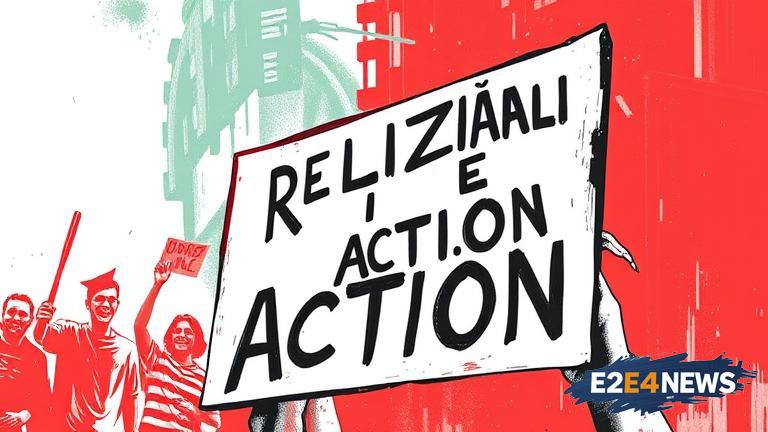The concept of direct action has been a cornerstone of social movements throughout history, with its roots in anarchist and socialist ideologies. From the labor movements of the early 20th century to the anti-war protests of the 1960s, direct action has been a powerful tool for bringing about change. However, the question remains as to what kind of direct action is most effective in achieving social change. According to Marxist theory, direct action should be focused on challenging the existing power structures and promoting the interests of the working class. This can involve a range of tactics, from strikes and boycotts to occupations and civil disobedience. The key is to identify the key points of leverage and to use direct action to disrupt the normal functioning of the system. One of the most important aspects of direct action is its ability to bring people together and to create a sense of community and solidarity. By taking collective action, individuals can overcome feelings of powerlessness and isolation, and can begin to see themselves as part of a larger movement. However, direct action should not be seen as an end in itself, but rather as a means to an end. The ultimate goal of direct action should be to build a broader movement and to create lasting social change. This requires a clear understanding of the underlying social and economic structures, as well as a willingness to challenge the existing power dynamics. In order to be effective, direct action must be carefully planned and strategically targeted. This involves identifying the key weaknesses and vulnerabilities of the system, and using direct action to exploit these weaknesses. It also requires a commitment to non-violent resistance, as violence can often be used as a pretext for repression and can undermine the legitimacy of the movement. Furthermore, direct action should be seen as part of a broader strategy that includes education, organizing, and advocacy. By combining direct action with other forms of activism, social movements can create a powerful and sustained challenge to the existing power structures. Ultimately, the goal of direct action should be to create a more just and equitable society, in which the needs and interests of all people are taken into account. This requires a fundamental transformation of the existing social and economic systems, and a commitment to building a new and better world. The role of direct action in achieving this goal cannot be overstated, as it has the power to inspire and to mobilize people in ways that other forms of activism cannot. As such, it is essential that social movements continue to use direct action as a key tactic in their struggle for social change. By doing so, they can help to build a more just and equitable society, and can create a brighter future for all. The importance of direct action is also highlighted by its ability to challenge the dominant ideologies and to promote alternative forms of social organization. By taking direct action, social movements can help to create a sense of hope and possibility, and can inspire people to think differently about the world and their place in it. In conclusion, direct action is a powerful tool for achieving social change, and its importance cannot be overstated. By using direct action in a strategic and targeted way, social movements can help to build a more just and equitable society, and can create a brighter future for all.
Sat. Sep 6th, 2025





